What Is a Micro-Influencer?
The influencer marketing game used to be run by a few, standout, highly-followed content creators. Now, brands are starting to realize that smaller influencer accounts, aka micro-influencers, might be a better option to work with, due to their high availability, low cost, engaged audience, and perceived authenticity. Read on to learn about the different types of influencers, the growth of “micro-influencers,” and some examples of brands that have had success working with these small, niche creators.
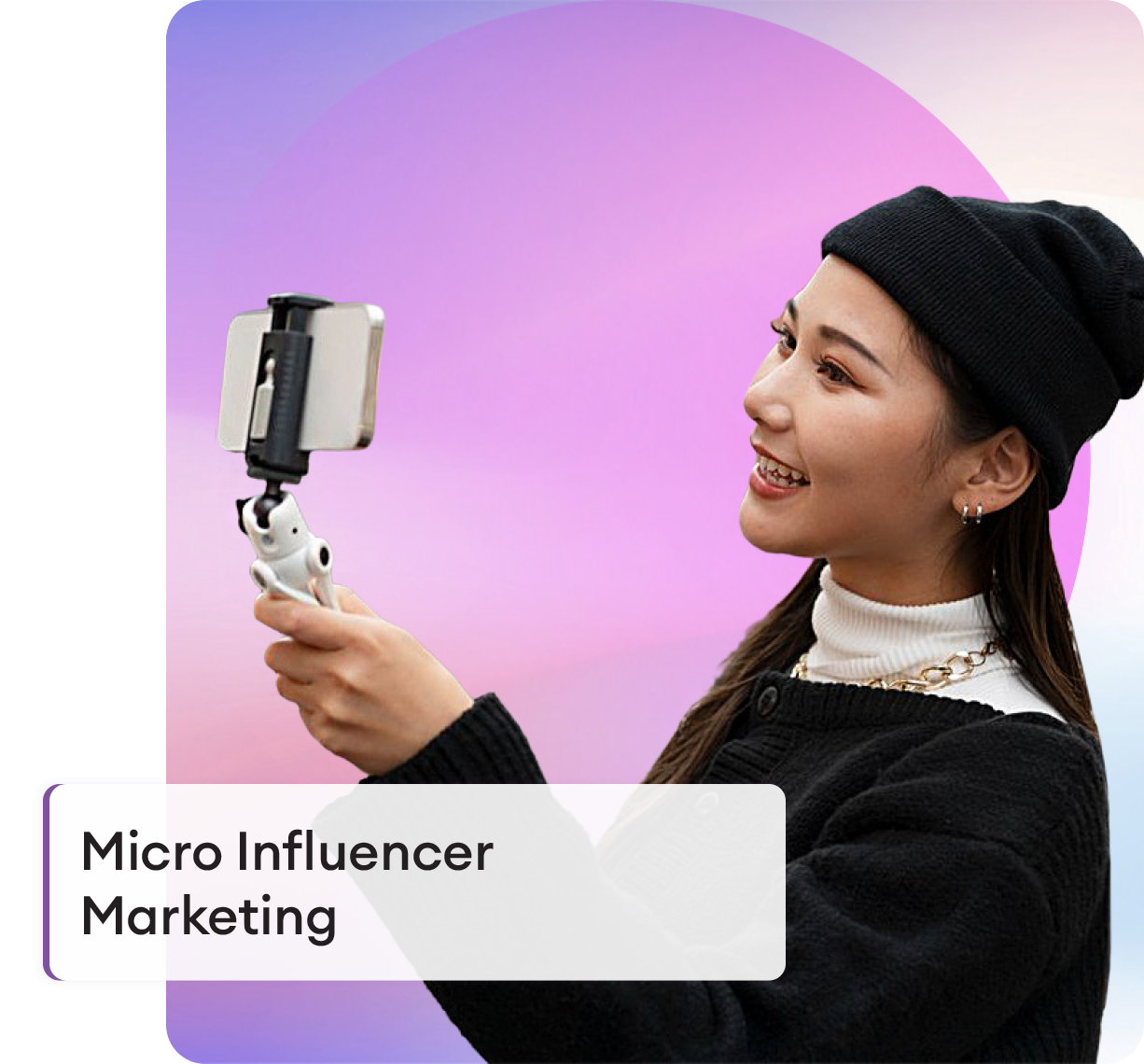


Brands we’ve worked with
What Is Lionize?
Lionize helps brands and agencies unlock the full potential of Influencer Marketing. Our A to Z solution manages every aspect of the Influencer Marketing process for you. With our software, you will save time and money while improving results. Our AI powered tech manages the entire partnership lifecycle for you within one easy-to-use platform.
Influencer Marketing. Simplified.
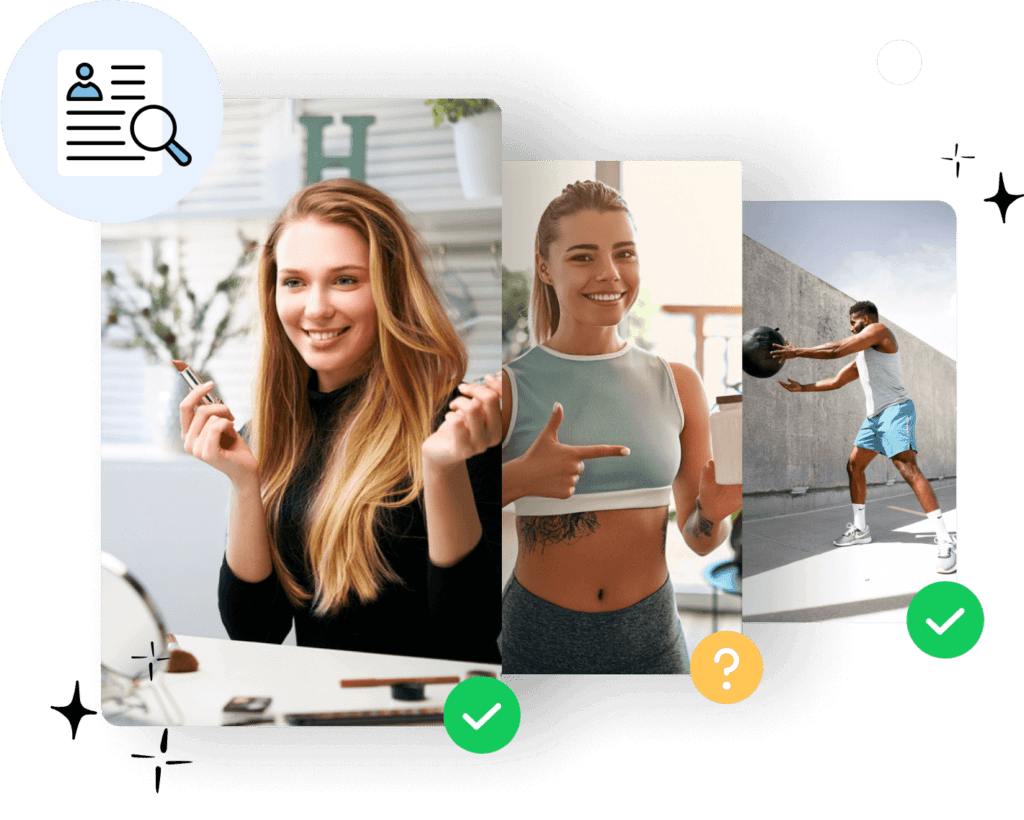


1. Recruitment
Kickoff the Lionize recruitment process by defining your strategy.
The first step is figuring out what type of Influencers will tell your story best. With Lionize, you’ll find authentic and unique partners that fit your brand. Our proprietary search engine identifies talent from the entire world of social media based on an ideal Influencer profile you’ll create with the help of your Account Manager.
2. Selection
Once your program goes live, Influencers will apply and enter a selection queue available on your dashboard.
At this stage, Lionize becomes a ‘digital match-maker.’ Much like a dating app, you’ll be presented with a list of targeted Creators that fit your parameters and want to work with you. You’ll approve and deny based on who you feel is the best fit. These selection decisions are under your complete control.
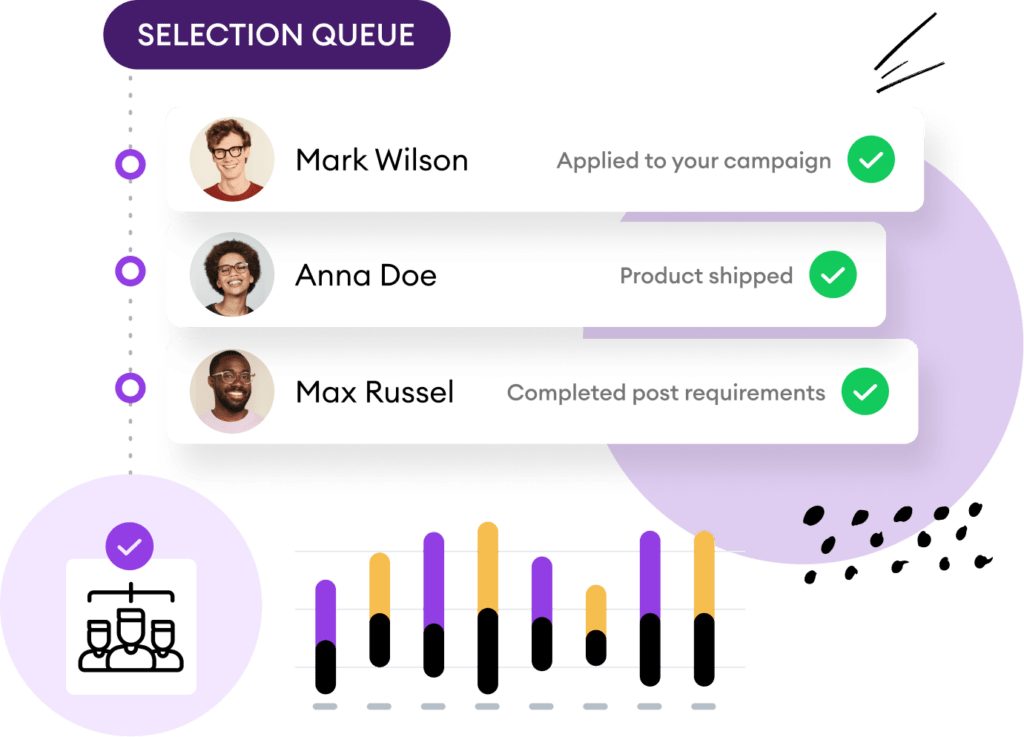


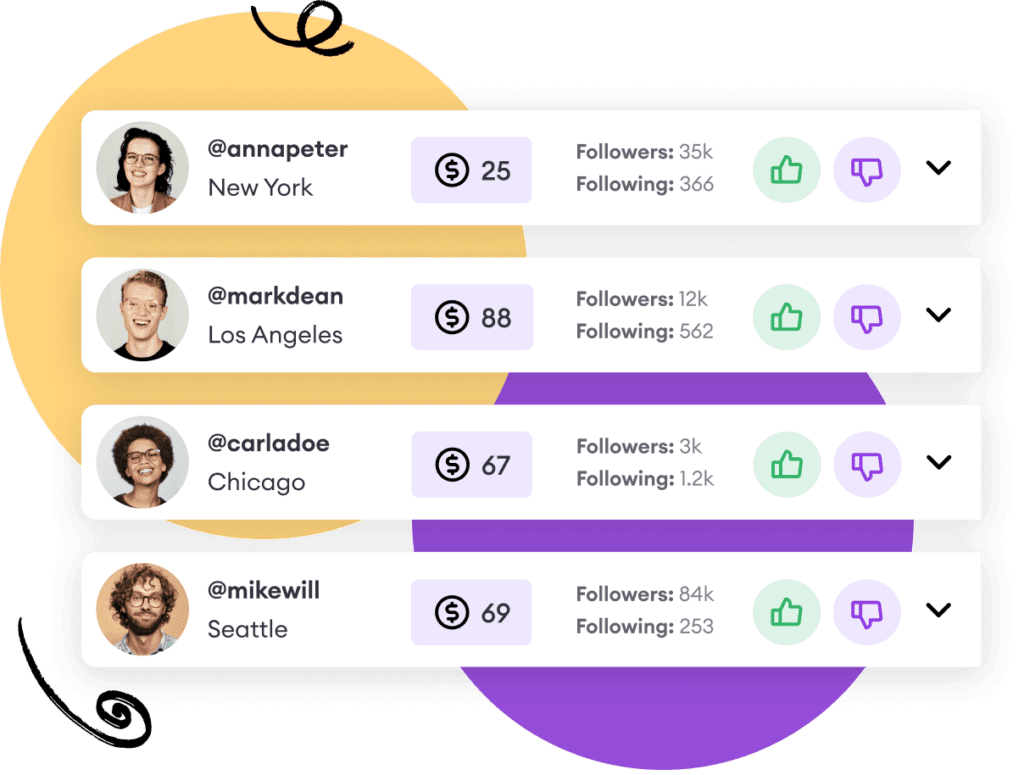


3. Management
As you select your desired partners on a rolling basis, Lionize activates and manages them for you!
Lionize manages the status of each relationship on your behalf through its automated communication and reminder system. No more juggling hundreds of emails back and forth or messy tracking in spreadsheets.
4. Reporting
Finally, you can just sit back and enjoy watching your team of Influencers promote your brand. Tracking, reporting, payment, reactivation – Lionize handles it all.
On your Lionize dashboard, you’ll be able to track your top performers and all post activity. We share a wide variety of data and metrics behind each piece of content created by your Influencers including engagement and reach.Want to repurpose these posts for other digital efforts? No problem, we make it easy to export all of your campaign data and UGC.
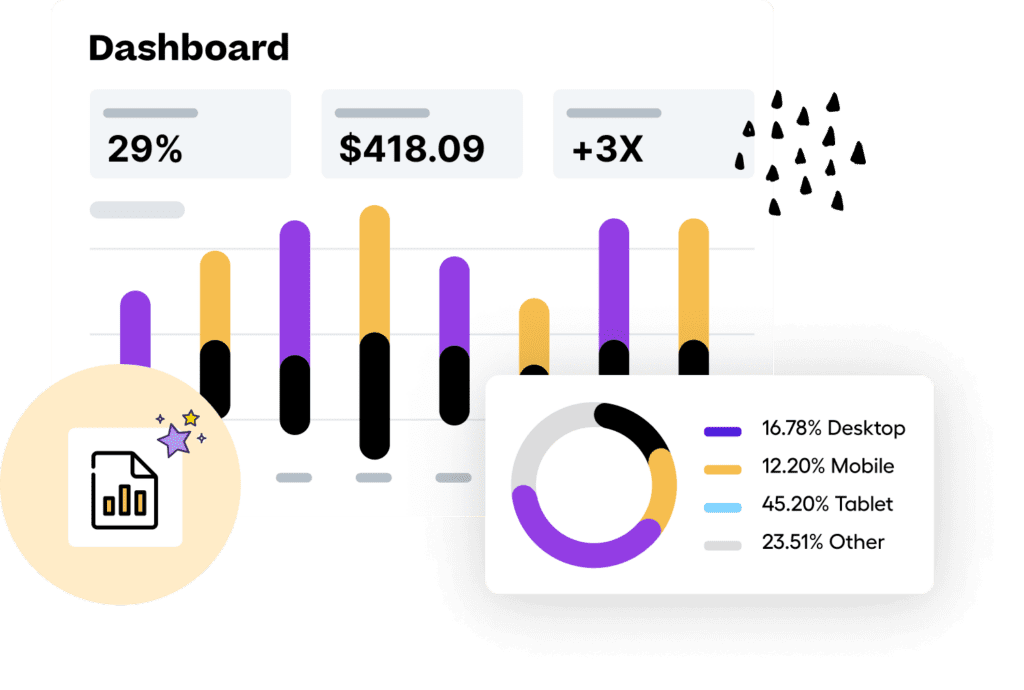


Influencer marketing is a modern promotional strategy that entails brands partnering with micro “celebrities,” known as influencers, to boost their brand offerings. According to a Grin report, 91.9% of total marketers were using social media marketing in 2021, while 67.9% were using influencer marketing. The trend has only continued in 2022, with more and more everyday people taking their chance at becoming a social media star.
But not all influencers are created equal. The influencer marketing game used to be run by a few, standout, highly-followed content creators. Now, brands are starting to realize that smaller influencer accounts, aka micro-influencers, may be a better option to work with, due to their high availability, low cost, engaged audience, and perceived authenticity.
Read on to learn about the different types of influencers, the growth of “micro-influencers,” and some examples of brands that have had success working with these small, niche creators.
What Are the Different Types of Influencers?
There are many different methodologies for thinking about categorizing the different levels of influencers. Most marketers divide influencers into categories by reach, which is the total number of people that an account can reach with their content.
While none of the below follower counts are agreed upon or “set in stone,” it is helpful for marketers to be able to generally distinguish the different tiers of influencers from one another.
The way Business Insider classifies the five types of influencers is as follows:



Pictured: Influencer tiers, by reach. (Source: Business Insider Intelligence)
Nano-influencers are those with under 1,000 followers and can be just about anyone. Accounts with around 1K–100K followers can be considered a Micro-influencer, while depending on their niche and scope, those with 50K–100K are considered Mid-Tier Influencers. Macro-influencers have anywhere from 100K–1M followers, and Macro-influencers have over a million. The highest cluster, weighing in at over 5 million followers, is what we generally consider to be celebrities.
As the diagram also explains, as you move up along the influencer tiers, costs increase, since more popular influencers have the large audience that brands are looking to reach. Bigger influencers are also less accessible for brands to work with due to the many brand deals they receive, making relationship-building paramount.
Additionally, while the following of a macro-influencer or mega-influencer is quite large, the level of specificity and authenticity they can attain is typically lower, as these people become more like celebrities and less like the everyday people that sway audiences with their authenticity.
The various drawbacks of incorporating celebrities and larger influencers into marketing campaigns have pushed many brands to try out a new trend: working with micro-influencers.
What Is a Micro-Influencer?
It’s true – bigger isn’t always better. Micro-influencers, or content creators with a following of around 1,000 to 100,000 followers, are a traditionally under-utilized marketing tool and are starting to gain popularity with brands.
These smaller creators often have a defined niche that attracts fellow enthusiasts and fans, making their audience highly engaged. Some examples of micro-influencers include @dallisoneats, a Dallas-based foodie; @patricklyons, a fitness influencer; @jmillermerrell, an HR thought leader; and @allaboutavakathryn, a beauty and lifestyle content creator.
Incorporating micro-influencer marketing into your campaigns can help refine your targeting, leading to a more engaged audience, and often, higher conversion.
What Makes Someone a Micro-Influencer?
While there are many agreed-upon ways to be considered an influencer, there are no requirements for becoming one and no specific moment when you can be officially deemed one. However, an influencer is generally thought to be anyone who uses their online platform to share content and holds some degree of sway over their audience.
The difference between a micro-influencer and a macro-influencer depends mostly on how many followers they have. The common threshold assigned to the micro-influencer tier is 1,000 followers, and micro-influencer follower count typically does not exceed 100,000. Alternatively, macro-influencer follower count is usually in the range of 100,000–1,000,000.
Micro-influencers have taken off for a few reasons, one being that word-of-mouth marketing has remained important throughout advertising history. A Neilson study found that 77% of their global respondents said that word-of-mouth advice from family and friends are the most persuasive source of new product information. Micro-influencer marketing, which usually comes from a trusted online creator who interacts and engages with their followers to even feel like a digital friend, is simply a modern adaptation of an age-old tactic.
What Are the Benefits of Working With a Micro-Influencer?
There are many perks of working with a micro-influencer on Instagram, from saving money to actually getting a response from them after outreach. Here are our top 5 benefits of working with a micro-influencer:
- Low Cost. With lower follower counts, micro-influencers are a cheap(er) option than other content creators. While macro-influencers can charge up to $5,000–$10,000 per post, micro-influencers will more likely charge in the range of $100–$500. So, your team could choose to work with a few micro-influencers (and even throw in some nano-influencers), for the cost of what one macro or mega-influencer would charge.
- High Availability. As you move down the influencer pyramid, it is easier to contact and form a partnership with a content creator. Smaller influencers are typically looking to grow their following and personal brand, so they’ll often be more willing to take more brand partnerships.
- Specific Targeting. Because they have a lower reach than bigger accounts, micro-influencers can be more specific in what they post about. Thus, if you can find an influencer with a strong niche and some relevance to your brand, or one that speaks to a subset of your intended market, your campaign can become highly targeted.
- More Authenticity. Micro-influencers are usually considered by consumers to be more genuine than bigger influencers. While bigger creators can be known to change as they “sell out,” micro-influencers have a high level of authenticity. In fact, a 2018 study showed that 99% of micro-influencers say they really believe in the products they promote. This makes your brand look all the better if you can build a lasting partnership with someone who truly believes in the things that you offer.
- High Engagement. Because of the smaller follower count, micro-influencers have often built strong relationships and trust with their followers, making their audience highly interested and engaged in their content. According to Emplifi, micro-influencer accounts boast up to a 60% increased engagement rate compared to macro-influencers.
While they can also come with drawbacks, such as decreased reach compared to more-followed content creators, micro-influencers are a better choice for marketing campaigns in many scenarios, especially when precise targeting and high engagement are the goal.
What Brands Have Had Success Working With Micro-Influencers?
Companies across industries have worked with micro-influencers, from fashion brands like Glossier to fitness brands like GymShark. Let’s take a look at how some brands are currently working with niche creators to grow their brand awareness and drive conversions.
A few micro-influencer marketing examples include:
- Beekman 1802, a cruelty-free skincare brand, works with beauty micro-influencers such as @missmonolids to spread sponsored recommendations about their products online.



- Audiobook service, Libro.fm, started a relationship with “bookstragrammer,” @thelithomebody, in the form of an affiliate marketing partnership. Account owner, Tessa, encourages people to sign up for the app with her special link, which gives them 2 weeks of Libro.fm service for free, gives her some sort of commission, and gives Libro.fm access to another potential user.



- Tom’s of Maine, a natural health brand, didn’t have the influencer budget they wanted, so they worked with micro-influencer “super fans” of the brand and incentivized them with free merchandise bundles. They partnered with the Brownfields, a family who runs a lifestyle influencer account, @theborwnfieldhome, to promote their deodorant.



There’s no right answer for which brands should work with micro-influencers and which ones shouldn’t. However, micro-influencers are becoming a popular marketing tool for companies to find and engage with specific audience sects. The more niche your brand, the more likely that working with micro-influencers could be a good choice.
Any marketer that is willing to put in the work can find a content creator that aligns with your brand’s values, has some relevance to its offerings, and could post about your brand in a way that has the potential to be more targeted than if your corporate account posted it. And as always, the better the relationship that you form with your influencer partners, the longer they’re likely to work with you, and the better their sponsored content will become.
Frequently Asked Questions About Micro-Influencers
What Are the Costs Involved in Collaborating with a Micro-Influencer?
Costs vary based on factors like follower count and content type, ranging from per-post pricing to package deals. Some influencers prefer product gifting. It’s key to balance cost with the value they bring to your brand.
How Do Brands Measure the Success of a Micro-Influencer Campaign?
Success metrics include engagement rates (likes, comments, shares), reach, conversion rates, and ROI. These metrics help assess the campaign’s impact and guide future strategies.
What Types of Businesses Benefit Most from Micro-Influencer Partnerships?
Fashion, beauty, tech, and food industries benefit greatly. Micro-influencers offer niche market appeal and authentic content, making them ideal for brands seeking a personal connection with their audience.
What Are Some Common Mistakes to Avoid When Working with Micro-Influencers?
Avoid misalignment with brand values, poor communication, and unclear objectives. Ensuring synergy in values and clear goals is crucial for a successful campaign.
Can Micro-Influencers Help in Local Marketing Efforts?
Yes, micro-influencers excel in local marketing due to their community trust and localized influence. They’re effective in promoting local businesses and events to their engaged audiences.
How Do Micro-Influencers Create Content for Brands?
The process involves conceptualization (ideation aligning with brand and influencer style), execution (creating authentic posts or videos), and promotion (maximizing reach and impact).
What Legal Considerations Should Brands Be Aware of When Collaborating with Micro-Influencers?
Important legal aspects include clear contracts (covering deliverables and compensation), adherence to disclosure regulations, and understanding intellectual property rights for the content created.
How Lionize Can Help You With Your Marketing Strategies
Finding, vetting, and forming relationships with influencers can be difficult no matter their following. Lionize streamlines all of these steps, making influencer marketing simple for both small and large brands. Let Lionize help your business find the right talent to promote your products. Book a free Discovery Call to set up a demo today.














